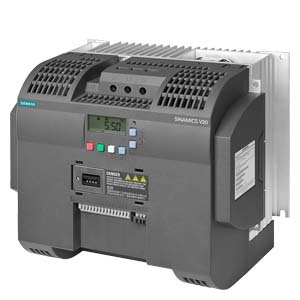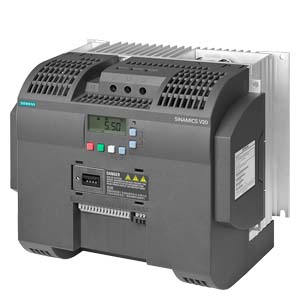Siemens Frequency Converter Parameter Settings
Jan 25, 2024
The Siemens Inverter has multiple setting parameters, each with a certain selection range. During use, it is often encountered that the frequency converter cannot work properly due to improper setting of individual parameters.
Control methods: speed control, torque control, PID control, or other methods. After adopting control methods, static or dynamic identification is generally required based on control accuracy.
Minimum operating frequency: refers to the minimum speed at which the motor operates. When the motor operates at low speeds, its heat dissipation performance is poor. Prolonged operation at low speeds can cause the motor to burn out. Moreover, at low speeds, the current in the cable also increases, which can cause the cable to heat up.
Maximum operating frequency: Generally, the maximum frequency of a frequency converter can reach 60Hz, some even up to 400Hz. High frequencies will cause the motor to run at high speed. For ordinary motors, their bearings cannot operate at the rated speed for a long time. Can the rotor of the motor withstand such centrifugal force.
Carrier frequency: The higher the carrier frequency is set, the larger the higher-order harmonic component, which is closely related to factors such as cable length, motor heating, cable heating, and frequency converter heating.
Motor parameters: The frequency converter sets the power, current, voltage, speed, and maximum frequency of the motor in the parameters, which can be directly obtained from the motor nameplate.
Frequency hopping: At a certain frequency point, resonance may occur, especially when the entire device is relatively high; When controlling the compressor, avoid the surge point of the compressor.




